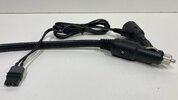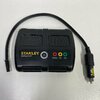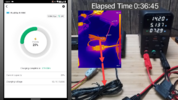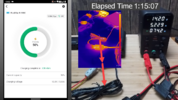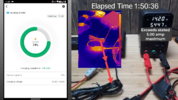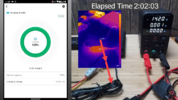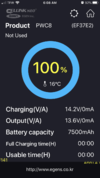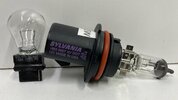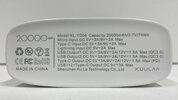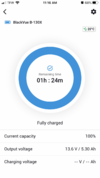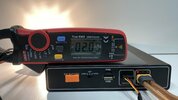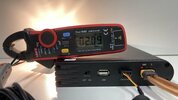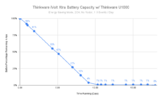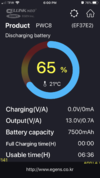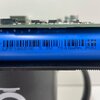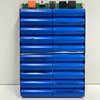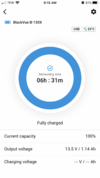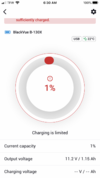Power Output Specifications - Confirm & Verify (2 of 2)
Now let’s move on to the Dash Cam port, and tickle the maximum end of the limits. The B-130X’s claimed maximum power output of the dash cam port is;
2 Amps @ 14.2 Volts = 28.4 Watts
I’ll be using these two bulbs as my loads;
Sylvania 3156: 2.06 Amps @ 12.60 Volts = 26.0 Watts
Sylvania 9007: 5.11 Amps @ 12.60 Volts = 64.4 Watts
I’ve got the 3156 bulb in a replacement socket with 16AWG size wires connected to the B-130X’s included (3-wire) dash cam output cable that has 24AWG size wires with my official RCG530 lever connector.
I’ve got the 9007 bulb in a replacement socket with 14AWG size wires, but I won’t be connecting it to the included output cable due to its tiny 24AWG size wires.
I fully charged the B-130X to 100%, and left it connected it to my WANPTEK power supply charging at 14.2 Volts 10 Amps. With the B-130X ready to go, and the BlackVue APP connected I plugged in the dash cam output cable illuminating the 3156 bulb. The APP indicated a power output of;
2.09 Amps @ 13.7 Volts = 28.6 Watts
I also had my UNI-T Amp Clamp measuring the amperage draw of the bulb and it measured; 2.09 Amps. So it looks like the B-130X is capable of delivering its maximum claimed specification of 28.4 Watts.
But now I want to know what will happen if the power draw exceeds the maximum specification. Will the BMS detect the over current condition, and shut off to protect itself from possible damage? So now’s the time for the 9007 bulb with its 64 Watt power capability.
I’m almost positive trying to push 5 Amps of current at system voltage through the tiny 24AWG wires of the dash cam hardwire output cable will result in damage, so I decided to recklessly jam the 14AWG bare wires of the 9007 socket into the B-130X’s 4-Pin connector. I hope my shaking hands can remember the correct orientation of the pinout. I was having flashbacks of my cousin’s 10 year old birthday party trying to remove some poor guy’s funny bone for $100 (Operation). The first time I did it I saw a tiny blue spark, it was so cute because I could tell it wanted to be bigger. I tried to get it on film, I’ll put the video at the bottom.
After successfully making the correct connection The BlackVue APP indicated a power output of;
5.30 Amps @ 13.6 Volts = 72 Watts Yowza!!!
I also had my UNI-T Amp Clamp measuring the amperage draw of the bulb and it measured; 5.42 Amps. So not only will the B-130X exceed it’s maximum output specification of 28 Watts by a whopping 44 Watts (almost 3x) the BMS is unable to protect itself from a possible overcurrent / short circuit situation.
It’s my recommendation the firmware / logic of the BMS be updated to cut off power once output power exceeds 28 Watts. And the 24AWG size wires of the output cable be increased to 16AWG wire. In order to accommodate the larger 16AWG wires maybe a new 4-Pin connector would be better like the combination wire harness / lever connector used by EGEN’s UK competitor PowerCore;
https://www.power-core.co.uk/
I performed the same tests on the PC8 under identical conditions. Pretty much the same results with one exception. When testing the 9007 bulb the Cell Link Neo Plus APP indicated power output at only 3.1 Amps, but my UNI-T amp clamp measured 5.43 Amps. So it looks like the APP is not capable of indicating a higher than a 3.1 Amp draw.
2.2 Amps @ 14.1 Volts = 31 Watts (3156 bulb)
5.4 Amps @ 14.1 Volts = 76 Watts (9007 bulb)

